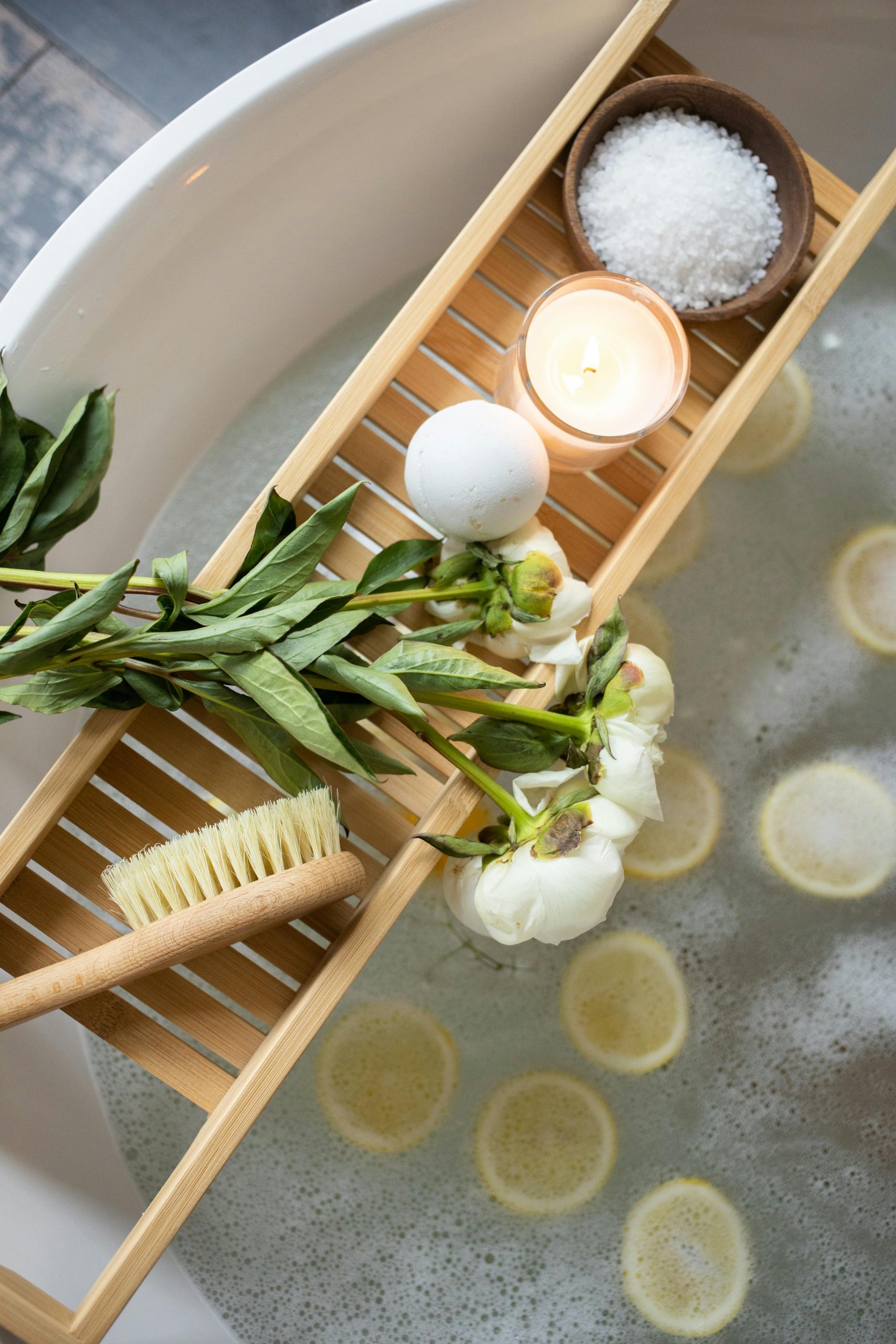Flooring is one of the most important elements of any interior. In addition to its aesthetic function, the floor directly affects comfort, durability, maintenance, and the acoustics of a space. Whether you’re designing a new apartment or renovating an existing one, choosing the right flooring is essential for functionality and visual harmony.
In this guide, we’ll provide an overview of the most popular flooring types, along with their advantages and recommendations for use in different areas of the home.
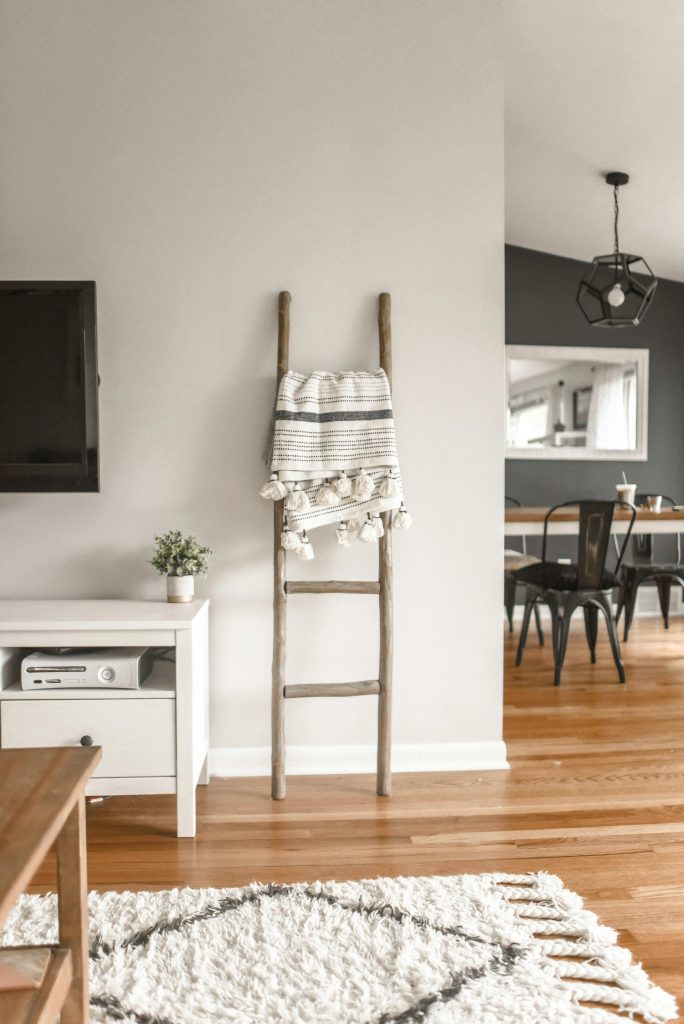
Laminate: Practical and Aesthetically Versatile
Laminate is a common choice in residential interiors. This type of flooring offers an economical alternative with a variety of design options that imitate the look of hardwood or stone. It is resistant to wear and easy to install.
Ideal use: living rooms, bedrooms, hallways.
Advantages: easy maintenance, good scratch resistance, and visual warmth.
Parquet: A Natural Choice with Long Lifespan
Wooden parquet is synonymous with elegance and natural beauty. In addition to adding warmth, parquet can be sanded and refinished multiple times to restore its freshness.
Ideal use: living rooms, bedrooms, and exclusive interiors.
Advantages: durability, natural material, and the possibility of renewal.
Ceramic Tiles: Durability and Hygiene
Ceramic tiles are a popular choice for areas with high humidity. Thanks to modern technology, they are available in various designs, including wood, concrete, and marble imitations.
Ideal use: kitchens, bathrooms, hallways, terraces.
Advantages: water resistance, long lifespan, easy maintenance.
Vinyl: Flexibility and Modern Design
Vinyl flooring is making a strong comeback due to its durability and versatility. Available in rolls, tiles, or click systems, it can imitate stone, wood, or fabric textures.
Ideal use: Ichildren’s rooms, kitchens, bathrooms, studios.
Advantages: moisture-resistant, warm to the touch, and easy to install.
Carpets: Accent and Comfort
Carpets don’t need to cover the entire surface — they can be used for zoning spaces, adding warmth underfoot, and serving as an aesthetic focal point. Color psychology also plays a key role — blues calm, yellows refresh, and reds energize.
Ideal use: living rooms, bedrooms, reading nooks.
Advantages: visual warmth, sound insulation, and easy replacement.
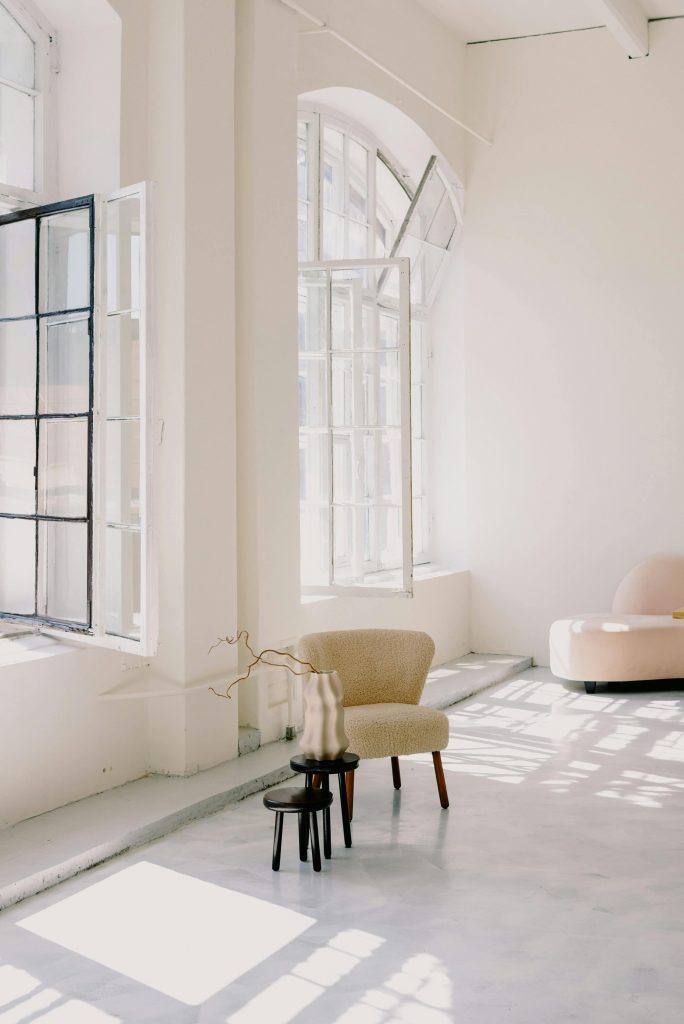
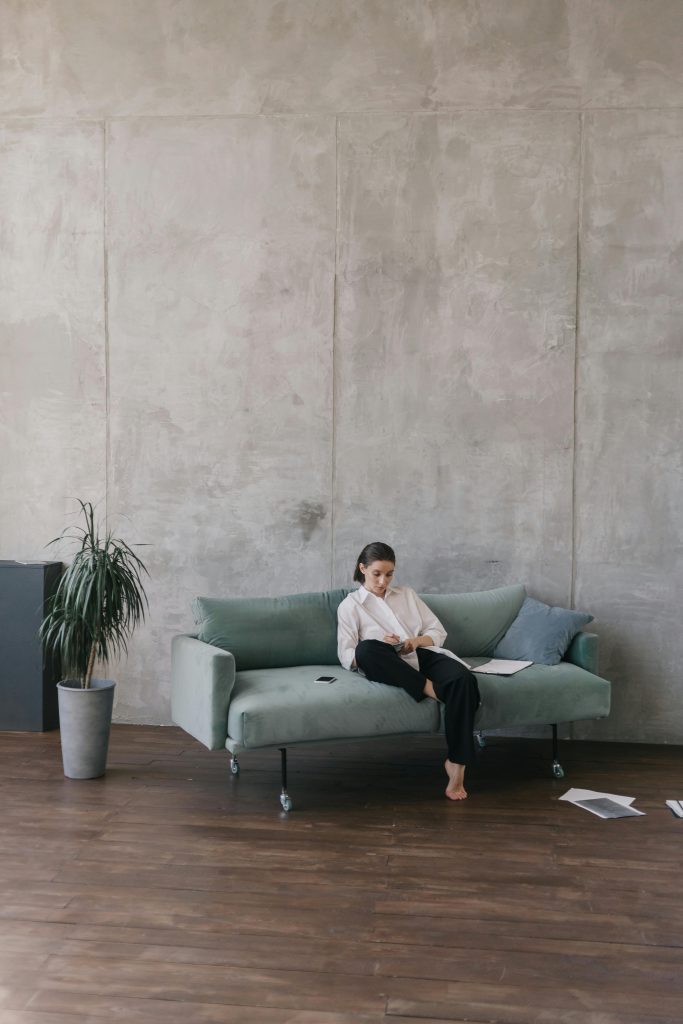
How to Choose the Right Flooring for Each Room
- Living Room:Laminate, parquet, or a combination with rugs.
- Kitchen:Tiles or waterproof vinyl (easy to maintain).
- Bedroom:Parquet with a rug for added softness.
- Bathroom:Non-slip tiles or vinyl as a modern alternative.
- Hallway:Durable laminate, vinyl, or ceramic tiles.
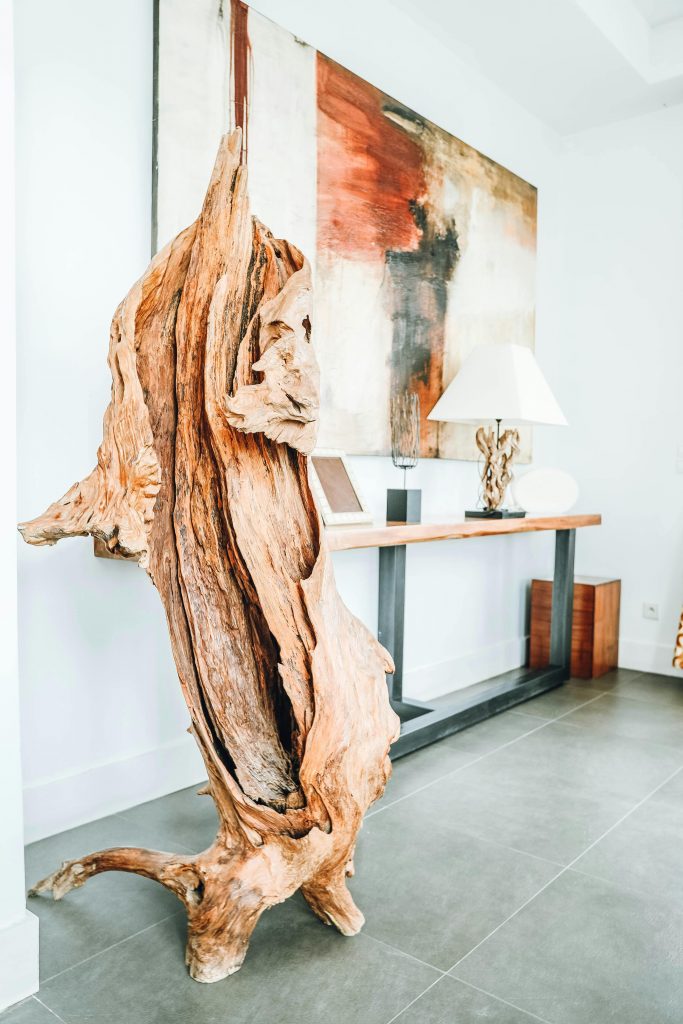
Saveti iz prakse
- In smaller apartments, use the same material across multiple rooms to create a sense of continuity.
- In families with children, choose durable and hypoallergenic materials.
- If you want an eye-catching yet easily replaceable accent — use rugs.
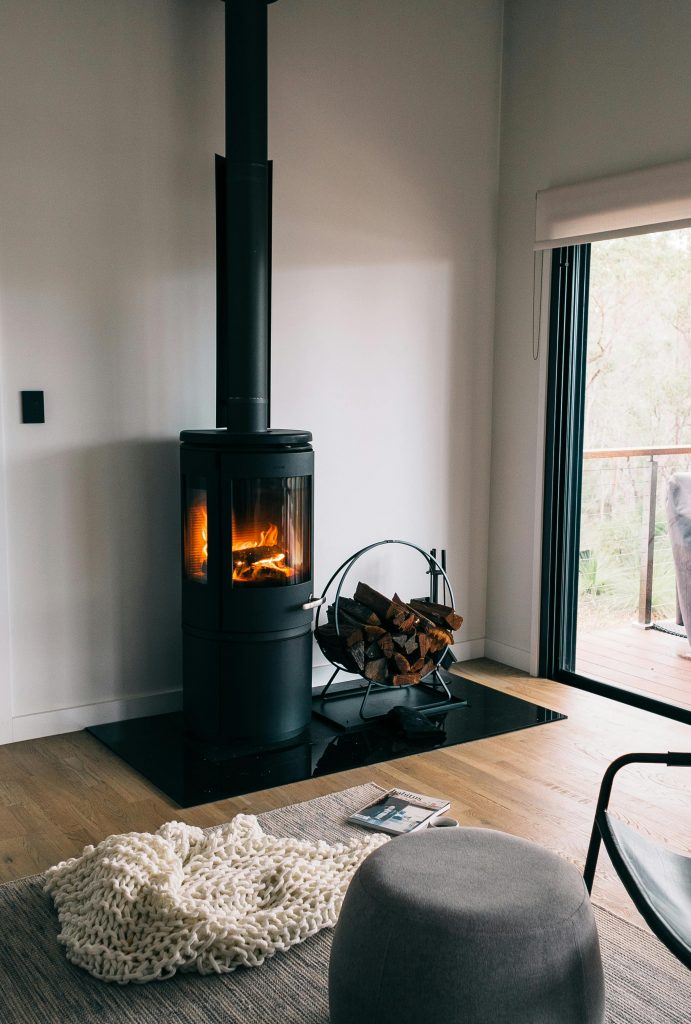
Making the Right Choice
In the end, choosing the right flooring is a balance between practicality, aesthetics, and budget.It’s about understanding your needs and aligning them with the characteristics of each flooring type. Remember, the right flooring not only enhances the beauty of your home but also supports your everyday lifestyle..
Consult the Experts
Choosing flooring may seem simple, but for the best results, a professional assessment of your space and needs is recommended. Our Interior Design team provides guidance in selecting the ideal solutions for every environment.
You can explore inspiring real-life examples in our portfolio..



